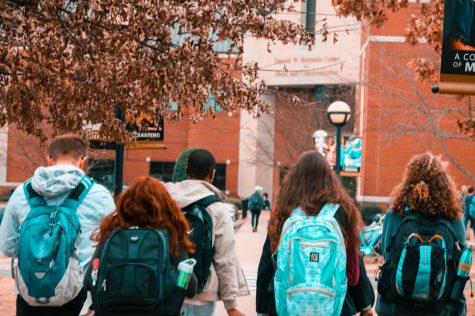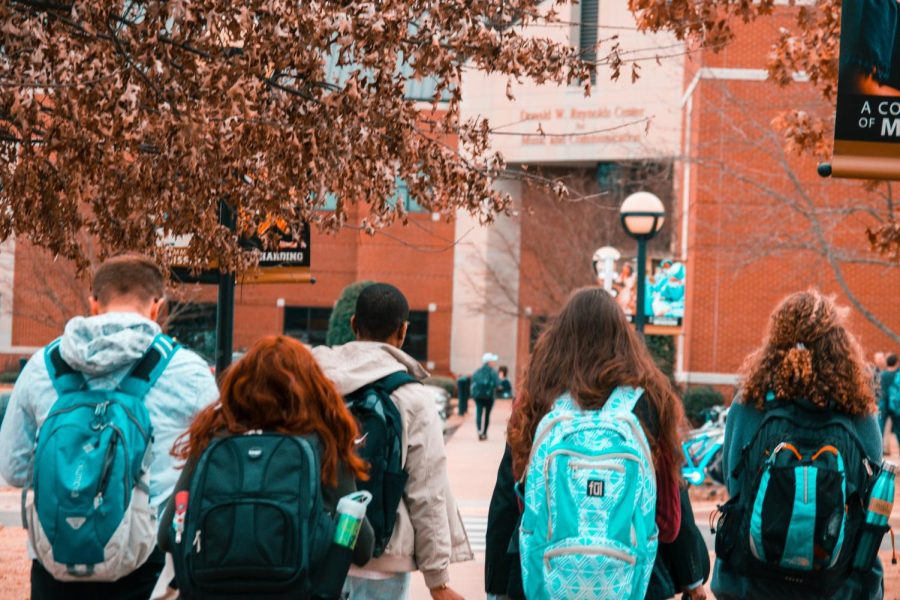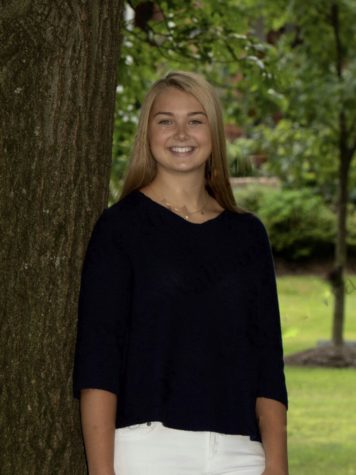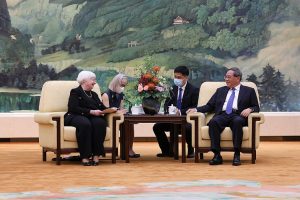Biden Administration Works to Attract International STEM Students to the United States
February 1, 2022

The Biden Administration recently announced their plans to strengthen the United States’ innovation in STEM (science, technology, engineering, and mathematics) by attracting international students. The administration aims to attract global talent to “strengthen our economy and technological competitiveness, and benefit working people and communities all across the country,” according to a White House press release. This initiative, announced on January 21, is in partnership with both the Department of State and the Department of Homeland Security to make it easier for students to engage in STEM research in the United States.
To aid the administration’s efforts, the State Department’s Bureau of Educational and Cultural Affairs (ECA) launched the Early Career STEM Research Initiative, which will facilitate exchange students’ engagement in STEM research or training with host organizations—including private businesses. The ECA plans to provide new guidance that will grant up to 36 months of academic training for STEM students in the United States on a visitor visa when participating in an exchange program. The Biden administration explained that the extension of these visiting, or J-1, visas will allow exchange participants to “make more meaningful contributions to America’s scholarly, research and development, and innovation communities.” When asked about the initiative and the ECA’s role, a State Department official explained that “the Bureau of Educational and Cultural Affairs at the U.S. Department of State is proud to support this academic training extension for undergraduate and graduate J-1 visa students in STEM fields. We’re also proud to partner with the White House to connect businesses in STEM with our BridgeUSA exchange sponsors through our Early Career STEM Research Initiative.”
Through this new policy, the Biden White House demonstrates their belief that immigrants are a positive contribution to the United State’s economy, a stark contrast to the previous administration’s stance on immigration. A number of former President Donald Trump’s executive orders created difficulties for J-1 and F-1 visa holders to enter and remain in the United States before the onset of the pandemic. The effects of the COVID-19 pandemic in combination with the Trump administration’s policies have likely been the major contribution to the extreme drop in new international students coming to America: a decline of more than 45 percent from the 2019-2020 to the 2020-2021 school years.
This announcement comes at a time of steady decline in STEM education in the United States. Since the 1980’s, American education experts have expressed concern in the decline of STEM proficiency. For instance, the Department of Defense reported in 2020 that China is producing eight times the number of STEM graduates than the United States while Russia is producing four times as many engineers. The United States is also ranked 25th in mathematics and 17th in science among industrialized countries as of 2018, showing a deficit that international students and researchers could fill. However, some remark that instead of filling this gap with international talent, the United States should focus on educational reform to produce more American STEM graduates.
Vanderbilt’s published data shows that 14 percent of the students in the engineering school are international students. Further, the largest number of international student undergraduate degrees came from the School of Engineering, even though it is the smallest of the undergraduate schools at the university. The Biden administration’s plans have the potential to increase the amount of international students in the engineering school and in other STEM majors as well as their ability to remain in the United States to continue research post-graduation at Vanderbilt or other institutions and businesses.
Photo by Buro Millennial via Pexels








